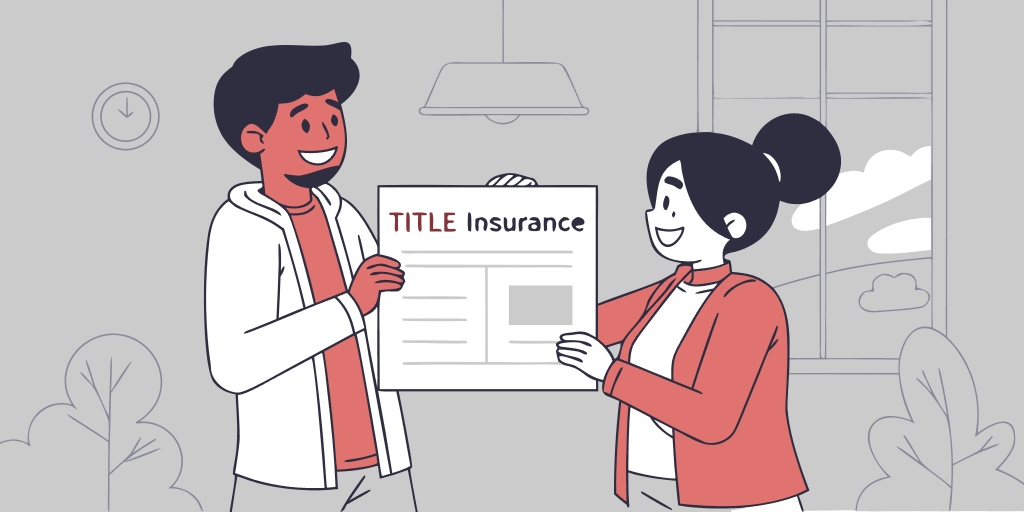All eyes and ears this week will be on the Bank of Canada’s interest rate decision.
The general consensus is that we’ll see at least a 0.75% hike to the prime rate, but as with the last increase, we can also be surprised and see a shaper increase, as much as 1%. If that happens, economists believe this could be the central bank’s last interest rate hike this year, with the overnight rate at 3.25% through to the end of 2023. While the media is flooded with articles about interest rates and slumping home sales and prices, it is important to understand the implications of an interest rate increase for your personal situation, and especially what it can mean for your mortgage payments.
Understanding Principal and Interest on a mortgage
When you take a mortgage, your bank amortizes the loan over a few years and provides you with an amortization schedule. The amortization schedule breaks down how much of each payment is designated for the interest versus the principal. For example, if you borrowed $200,000, over a 25-year term at a 2% interest, your amortization schedule would look something like this:

You can clearly see that each month, a part of your payment goes towards paying the “principal”, which is essentially paying down the loan you owe, while another portion of your payment pays for your interest, which goes towards paying for your borrowing costs and does not bring down your principal amount owed. When the interest rate increases, your monthly mortgage payments may not change, however, you would be paying more towards the interest portion of your loan and less towards the principal amount owed. Here is the same table as above, but at a 4% interest rate. You can clearly see what a 2% interest rate increase does to increase your interest payments while reducing your principal payments. All the while, your monthly payment remains the same.
Variable of Fixed Rates?
Whether or not a rate increase will impact you will depend on the type of mortgage product you chose. The simplest way to think about it is that with a fixed-rate mortgage, the mortgage rate and payment you make each month will stay the same for the term of your mortgage. With a variable-rate mortgage, however, the mortgage rate will change with the prime lending rate as set by your lender.
Most borrowers in the past few years have elected to take advantage of record-low variable rates that were driven by the low prime rate. If you have opted for a fixed rate product, you may not be impacted by a rate increase during the term for which your fixed rate applies, but will likely not get the same rates when your term expires and is up for renewal.
Introducing Trigger Rates
As interest rates increase, in a variable-rate mortgage, you will eventually reach a scenario where your monthly payment can only cover the interest. In other words, there’s not enough money in your monthly payment to cover the principal plus interest owed. That’s where you may encounter the term “trigger rate”. If the prime rate ever rose to the point where your scheduled mortgage payments are only paying interest and not principal, the bank would say you have exceeded your trigger rate. For example, you can see the mortgage payments below are already heavily skewed towards mostly paying the interest. If the interest rates increase further, this mortgage may reach it’s trigger point. If you exceed your personal trigger rate, to avoid having your mortgage balance increase, the bank will notify you.
They typically recommend that customers increase the mortgage payment or convert to a fixed-rate mortgage to avoid reaching the trigger point (defined below).When interest rates increase to the point that regular principal and interest payments no longer cover the interest charged, interest is deferred, and the principal balance (total cost) can increase until it hits the trigger point. The trigger point is when the outstanding principal amount (including any deferred interest) exceeds the original principal amount. It is hard to be precise because every mortgage is different and each bank has slightly different definitions and approaches to managing what happens when a mortgage reaches it’s trigger point.
The Bottom Line
If you are in a variable-rate mortgage, chances are that with recent and future rate increases, your mortgage may reach a trigger point. When this happens, you’ll be contacted by your lender and generally have three ways you can proceed:
- Make a lump-sum payment against the loan amount
- Convert with a new loan at a fixed-rate term
- Increase your monthly payment amount to pay off your outstanding principal balance within your remaining original amortization period.
It is important not to panic and seek the advice of a mortgage professional or visit your bank to learn about your options. While interest rates are expected to stabilize and maybe even come down again, your financial situation is unique to your situation and it is important to understand all your options.
Unlock Your Seamless Closing Experience
Your Journey to a Worry-Free Closing Starts Here!



